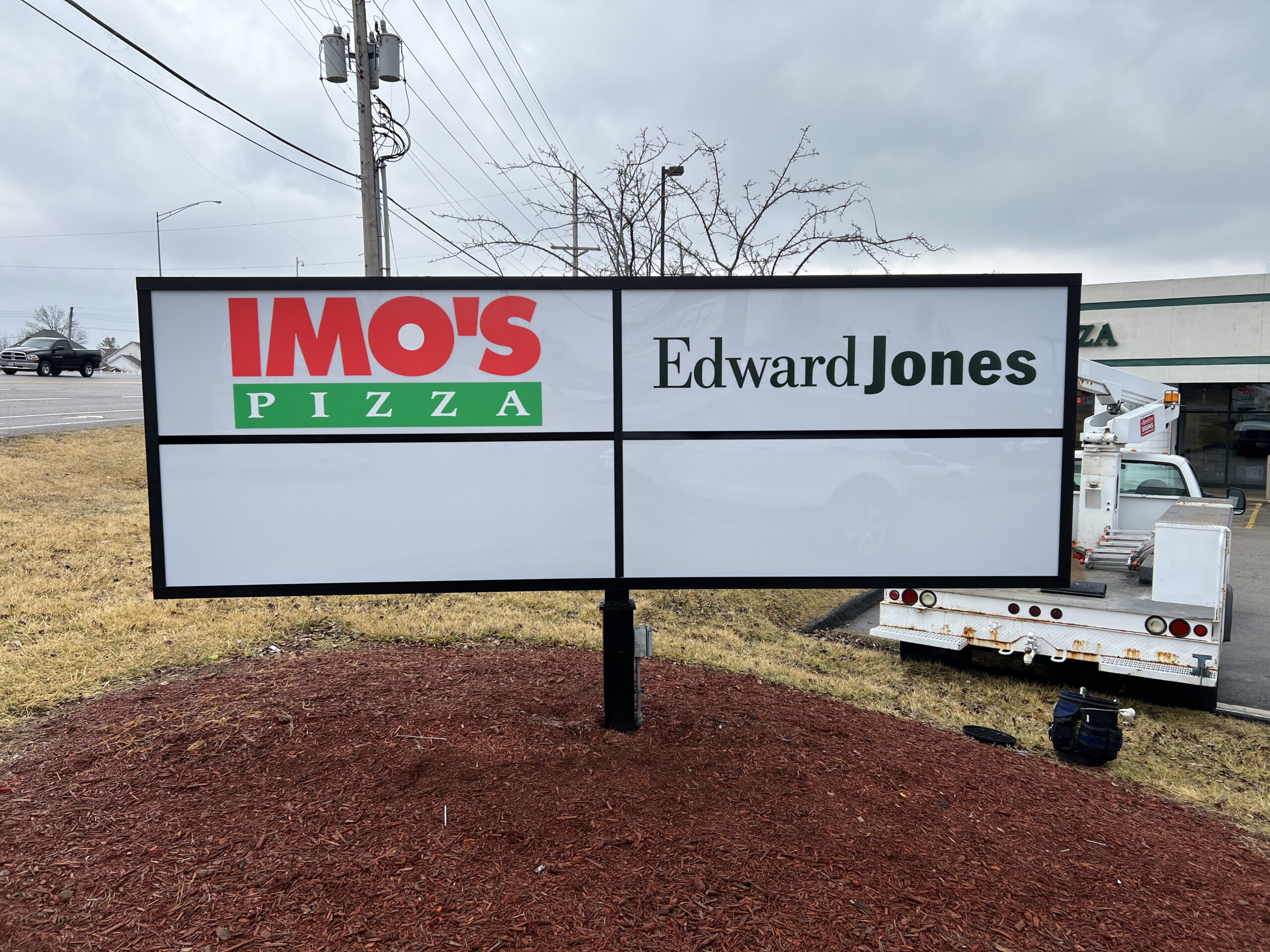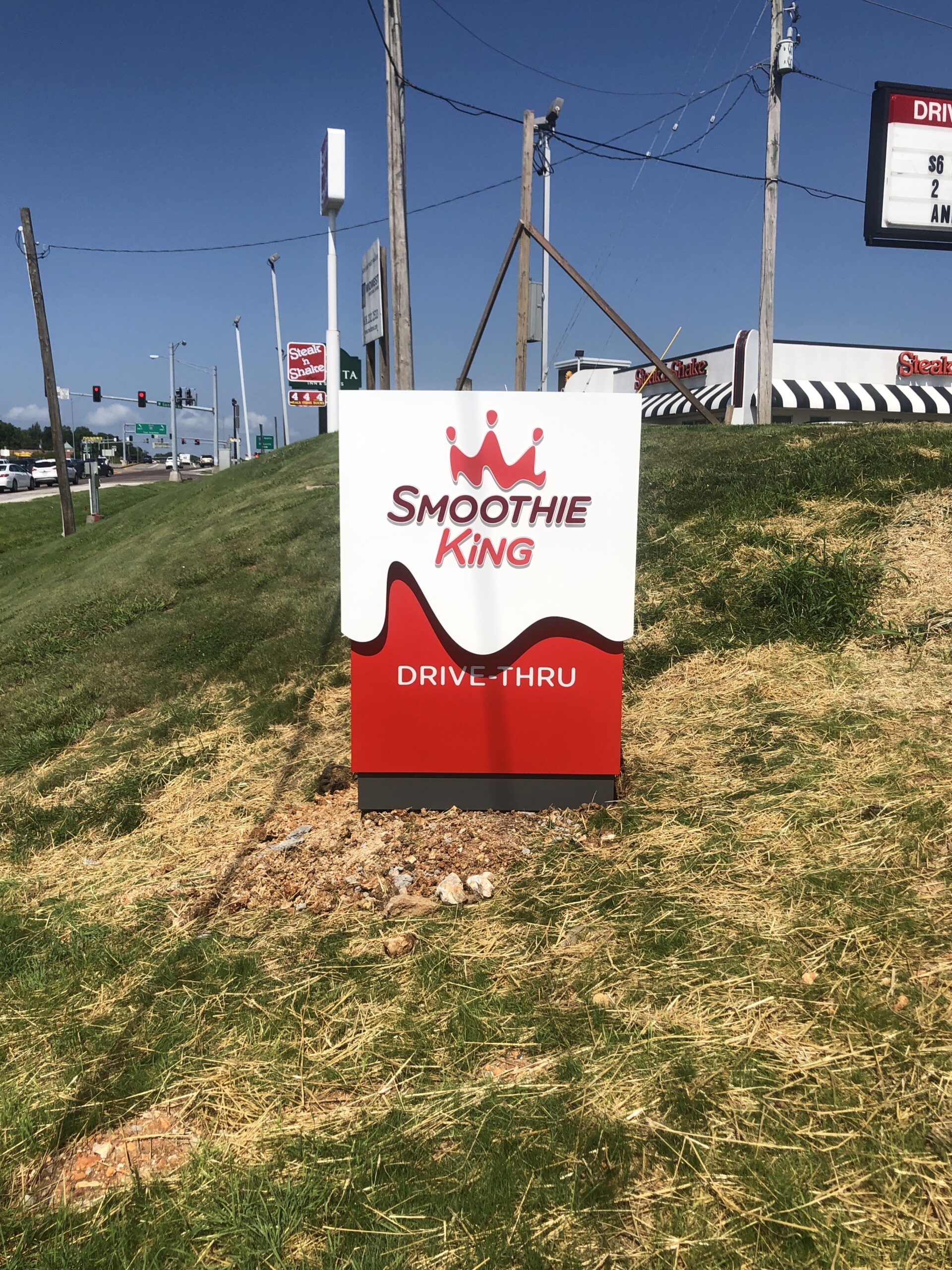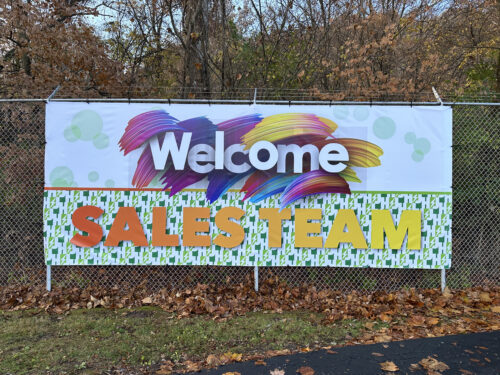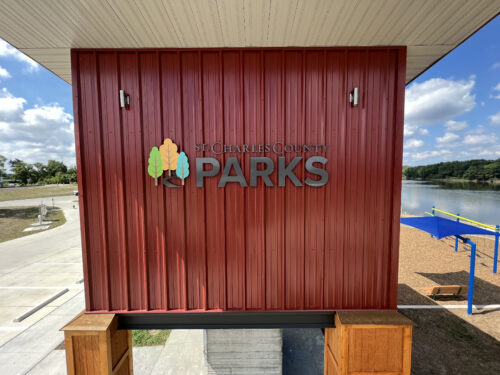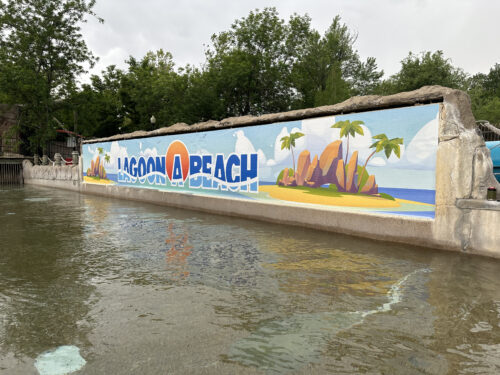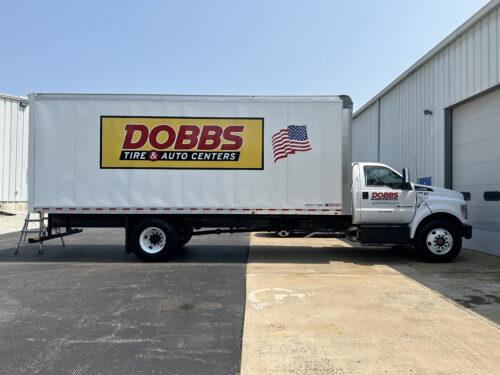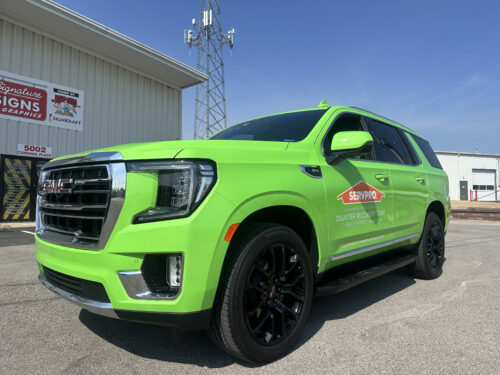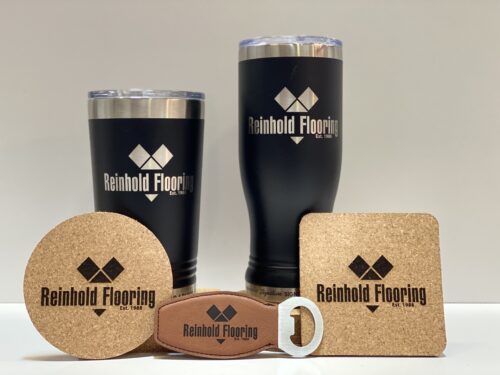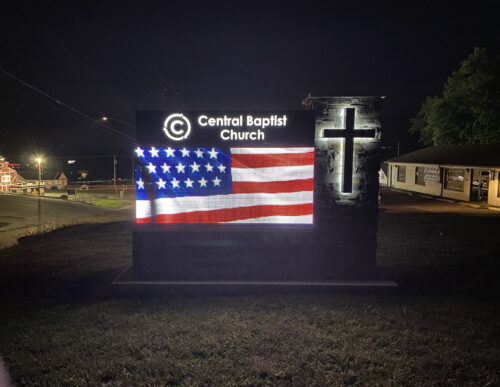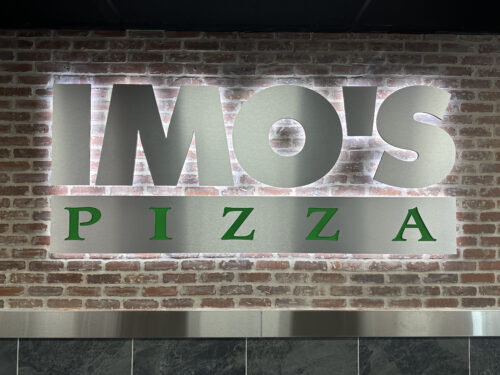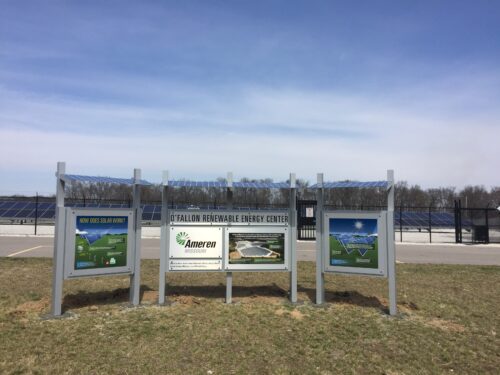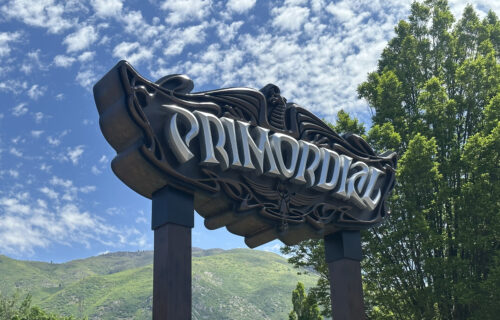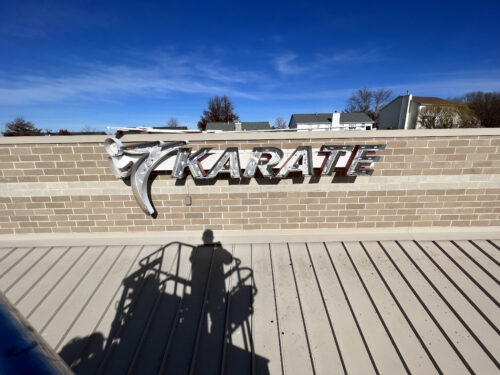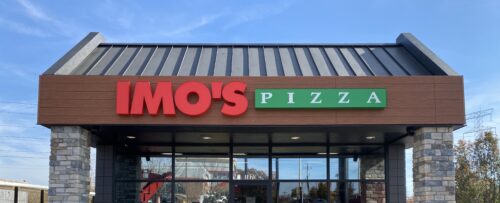Overview
Monument signs offer businesses a unique and durable outdoor signage solution that stands the test of time. These low-profile structures are typically made from materials such as faux brick, stone, or concrete, providing a sturdy foundation for displaying the business’s name, logo, and other relevant information. Illumination techniques vary, with options including built-in lighting fixtures or external lighting to ensure visibility day and night. Compliance with local regulations and obtaining necessary permits are essential steps in the installation process, ensuring that monument signs adhere to zoning laws and safety standards. Regular maintenance and upkeep, including cleaning, repainting, and repairing any damages, are crucial for preserving the integrity and effectiveness of monument signs over time. These structures can be for single or multi tenant spaces.
Work Gallery

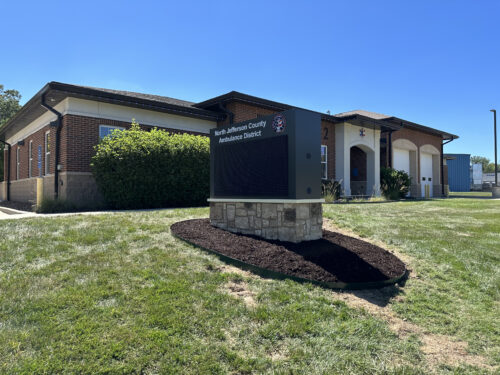

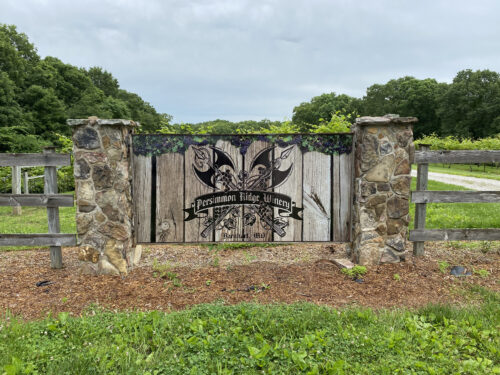
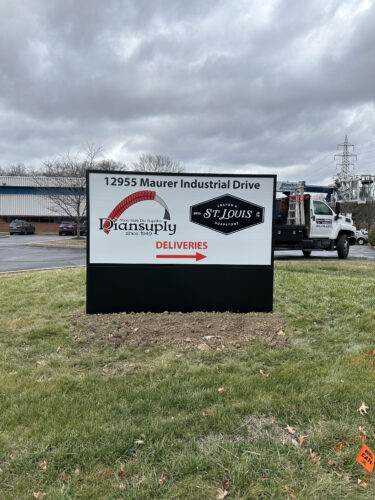

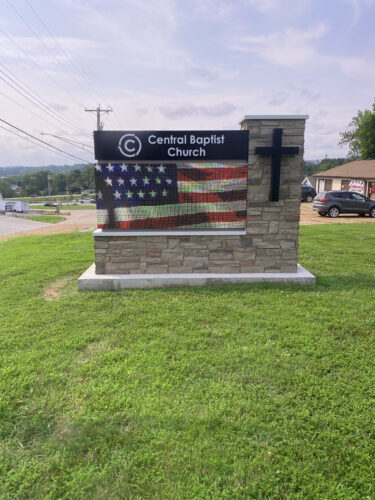

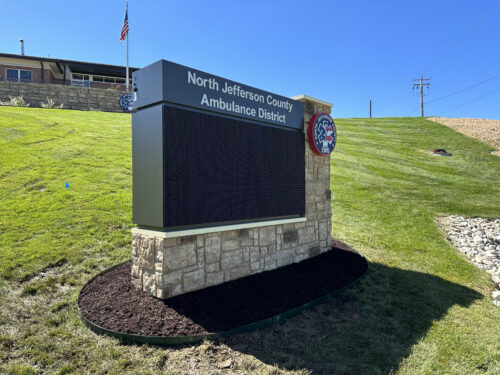
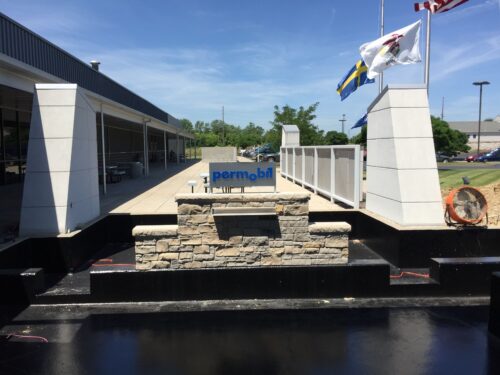
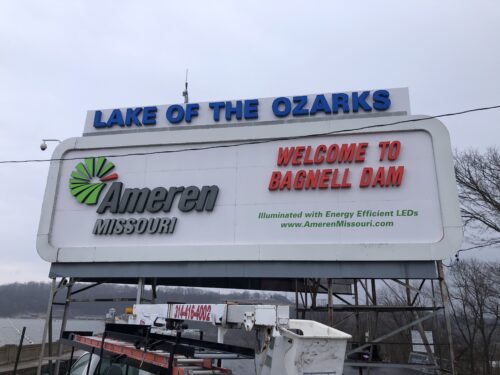

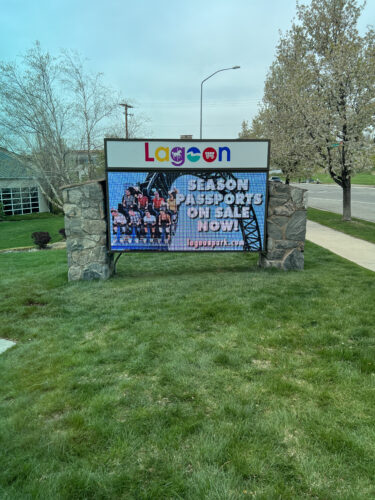
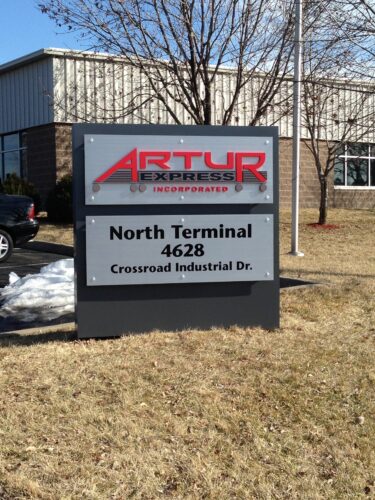
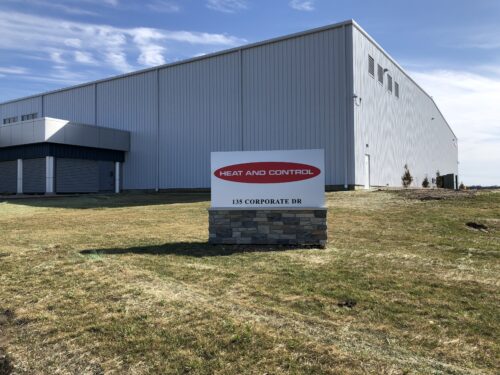
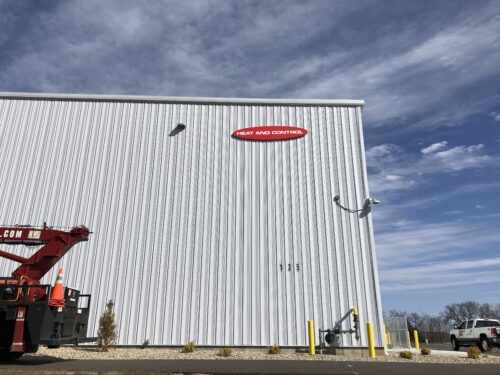
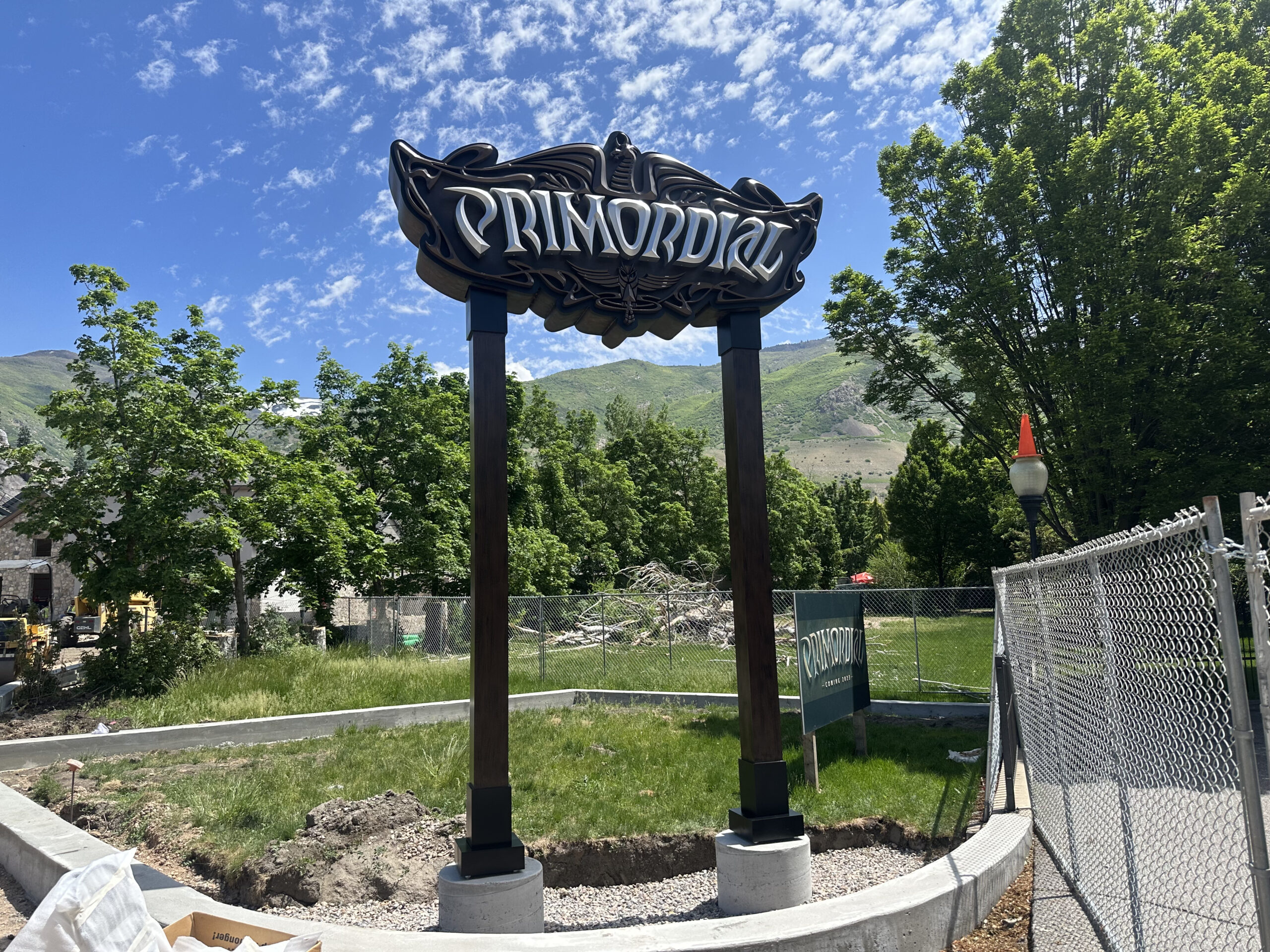
Understanding Monument Signs
Monument signs, characterized by their low-profile, ground-level construction, offer businesses a visually striking and long-lasting form of outdoor signage. Unlike traditional signs affixed to buildings or poles, monument signs are freestanding structures, often constructed from durable materials such as brick, stone, or concrete. Their design typically incorporates the business’s name, logo, and other relevant information, making them a prominent feature of the surrounding landscape and aiding in wayfinding for customers.
Design and Material
The design of monument signs is highly customizable, allowing businesses to tailor the aesthetics to reflect their brand identity and architectural style. Materials range from classic options like brick and stone to modern alternatives such as metal or acrylic. Each material offers unique advantages in terms of durability, aesthetics, and cost, allowing businesses to select the option that best suits their needs and budget.
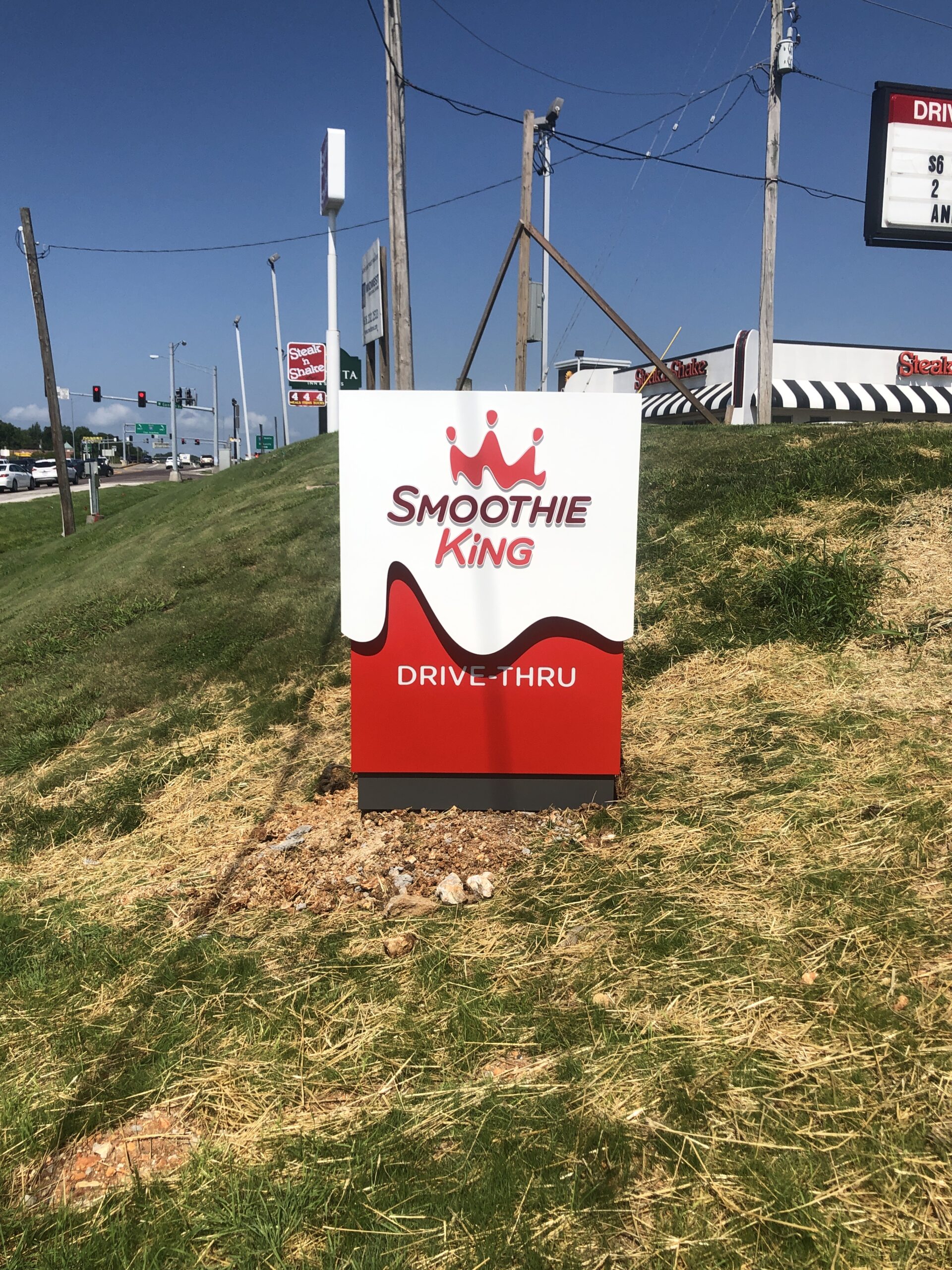

Illumination Techniques
Effective illumination is crucial for maximizing the visibility and impact of monument signs, particularly during evening hours. Various techniques can be employed, including built-in lighting fixtures, external spotlights, or even backlit panels. Careful consideration must be given to the placement and intensity of lighting to ensure optimal visibility without causing glare or light pollution.
Regulatory Compliance and Permits
Before installing a monument sign, businesses must navigate regulatory requirements and obtain necessary permits to ensure compliance with local zoning laws and safety standards. Factors such as sign size, placement, and lighting may be subject to regulations governing outdoor advertising in the area. Consulting with local authorities and obtaining permits in advance can prevent costly delays and potential legal issues down the line.
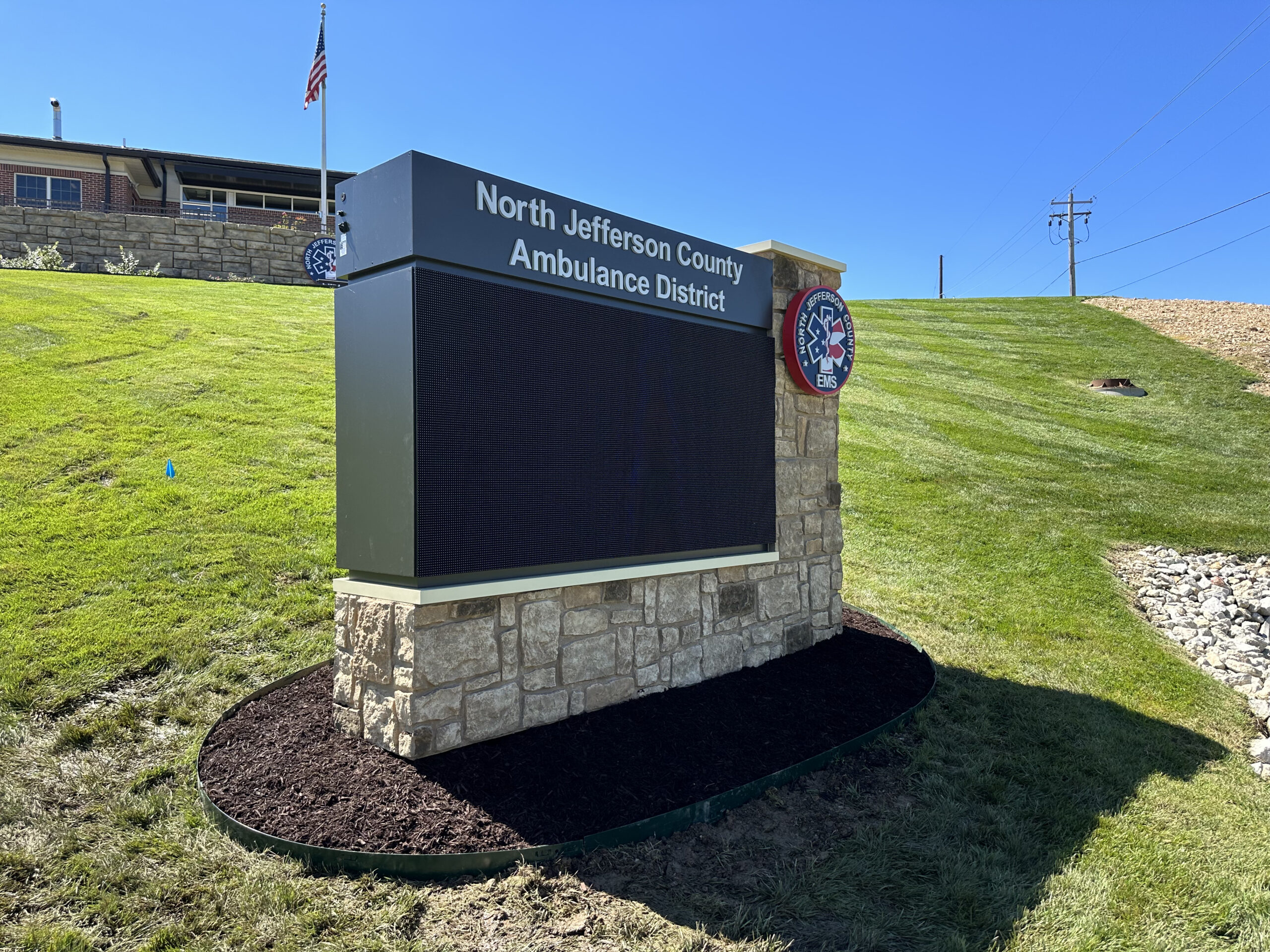
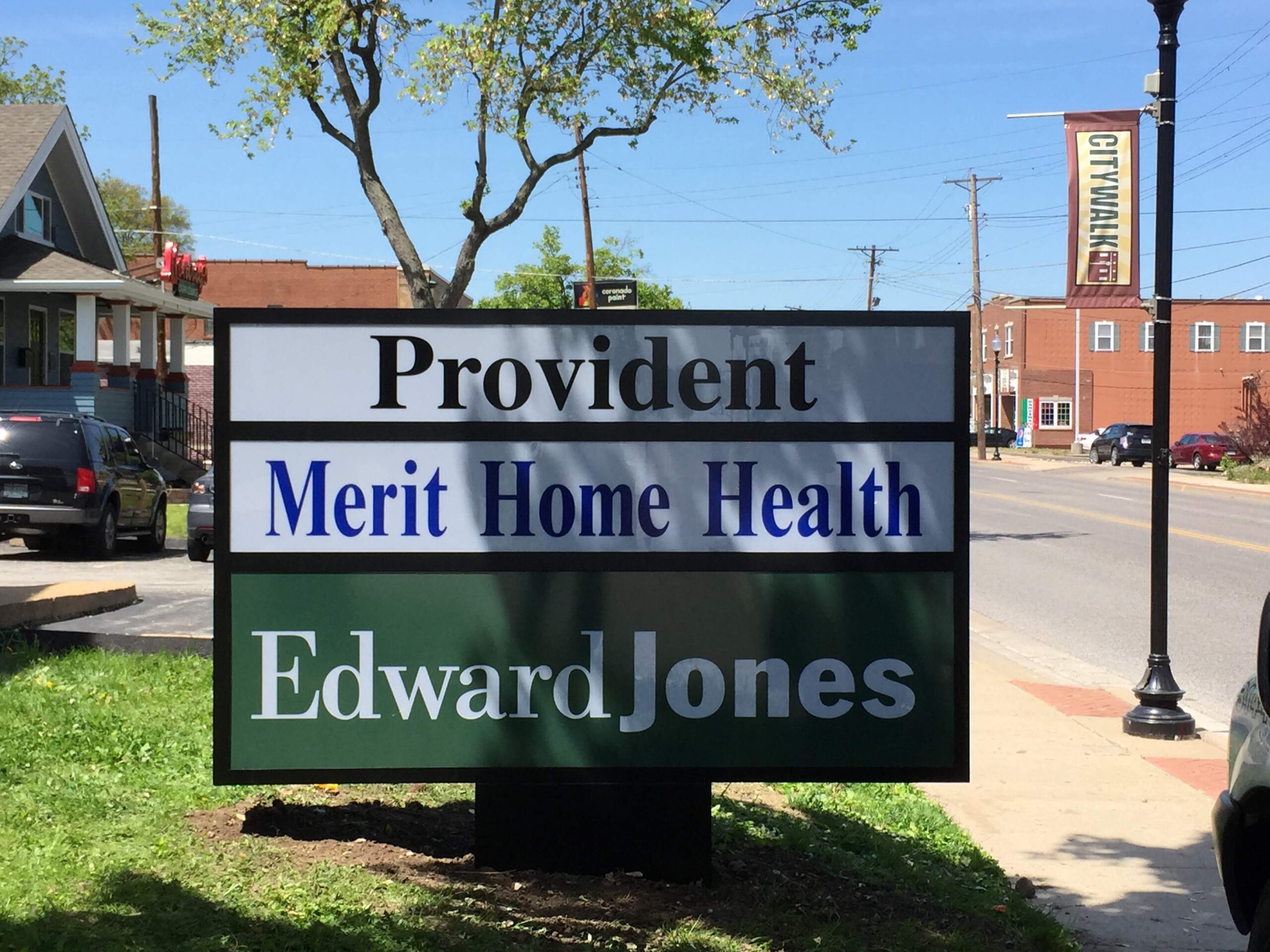
Installation Best Practices
Proper installation is essential to the longevity and stability of monument signs. The foundation must be carefully prepared to support the weight of the structure, taking into account factors such as soil composition and drainage. Additionally, attention to detail during assembly and anchoring ensures that the sign remains secure in all weather conditions, minimizing the risk of damage or structural failure.
Maintenance and Upkeep
Regular maintenance is key to preserving the appearance and functionality of monument signs over time. This includes tasks such as cleaning to remove dirt and debris, repainting to refresh the signage’s appearance, and repairing any damage or wear. By investing in ongoing upkeep, businesses can ensure that their monument signs continue to project a positive image and effectively communicate their brand message to customers. Monument signs offer businesses a durable and visually striking form of outdoor signage that enhances brand visibility and professionalism. By carefully considering design options, illumination techniques, regulatory requirements, and maintenance needs, businesses can maximize the impact of their monument signs and create a lasting impression in their local community.
